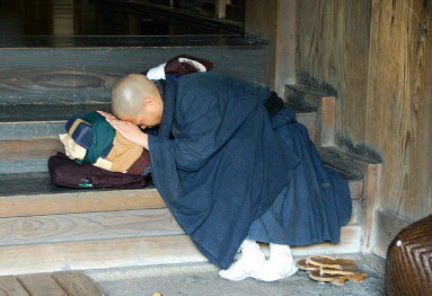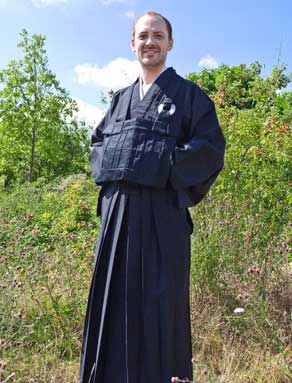As a participant in a couple of Zen Facebook groups, I can say that those rules are not unreasonable for the most part, and represent real issues (such as people posting on behalf of various questionable cults, like the fellow who claims to be Maitreya and Jesus come back to earth, or New Age gurus, "Fake Buddha Quotes" ... here is a wonderful site about that, not to say that some of the "fake quotes" are not nice sentiments ... )
https://fakebuddhaquotes.com/
In any case, no, Zen Teachers in China and Japan typically made folks work a little bit before letting people in. It actually has become a ritual. At any Zen monastery in Japan, they will leave the new monk-to-be waiting to enter outside the door, ignored, in this position ... for hours or a couple of days, as monks periodically come out and berate the person trying to get them to leave.

Then, before one can enter completely, one is left sitting Zazen morning to night for about a week in "Tangaryo," a special room in which they are left in the same clothes, without a bath, their few belongings in a small bag leaning against the wall. In most cases, it is just a ritual, hazing, and everyone knows the fellow is gonna be let in.
Koun Franz write more about the experience here, if anyone is interested ...
https://www.treeleaf.org/forums/show...l=1#post198333
At Treeleaf, I am thinking about adding this required ritual for anyone here longer than 6 months ...
Gassho, J
SatTodayLAH




 Reply With Quote
Reply With Quote










 Yet we have folks who have been around here for years and never even thought of tossing a nickle in the hat. That's not good either. There have been studies that show that people value more what they must pay for.
Yet we have folks who have been around here for years and never even thought of tossing a nickle in the hat. That's not good either. There have been studies that show that people value more what they must pay for.  ). Who says they have to be welcoming?
). Who says they have to be welcoming? 











